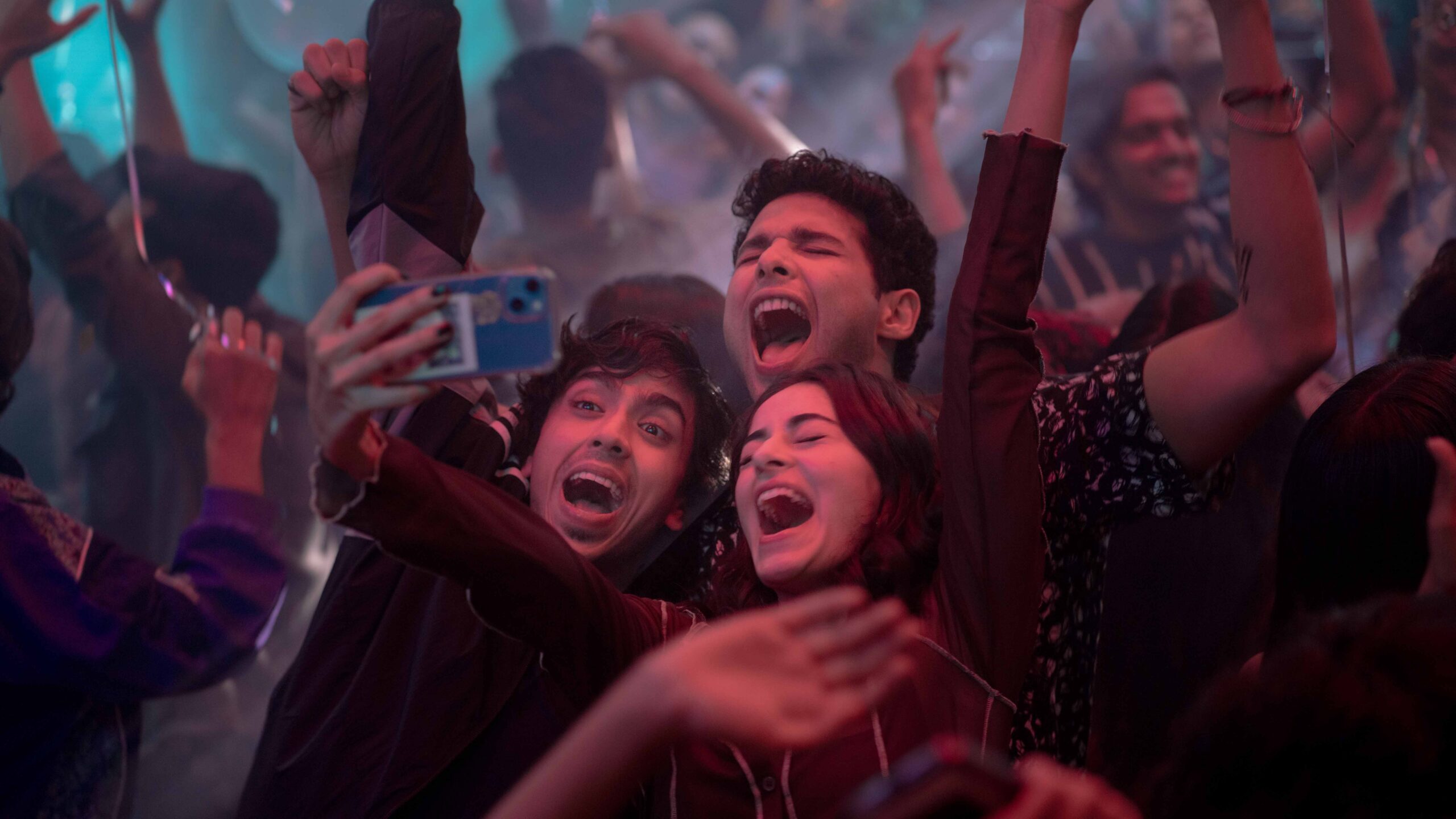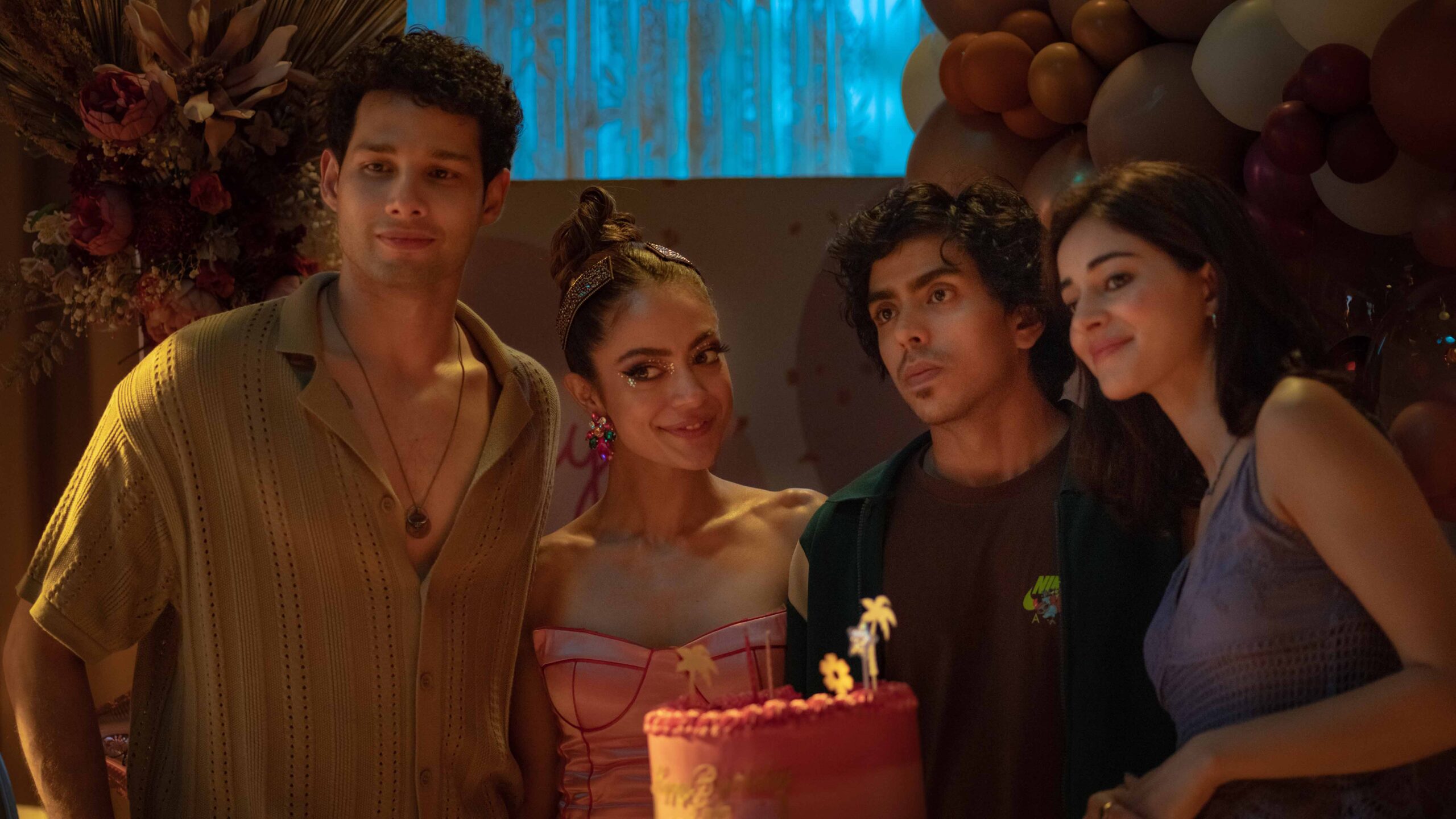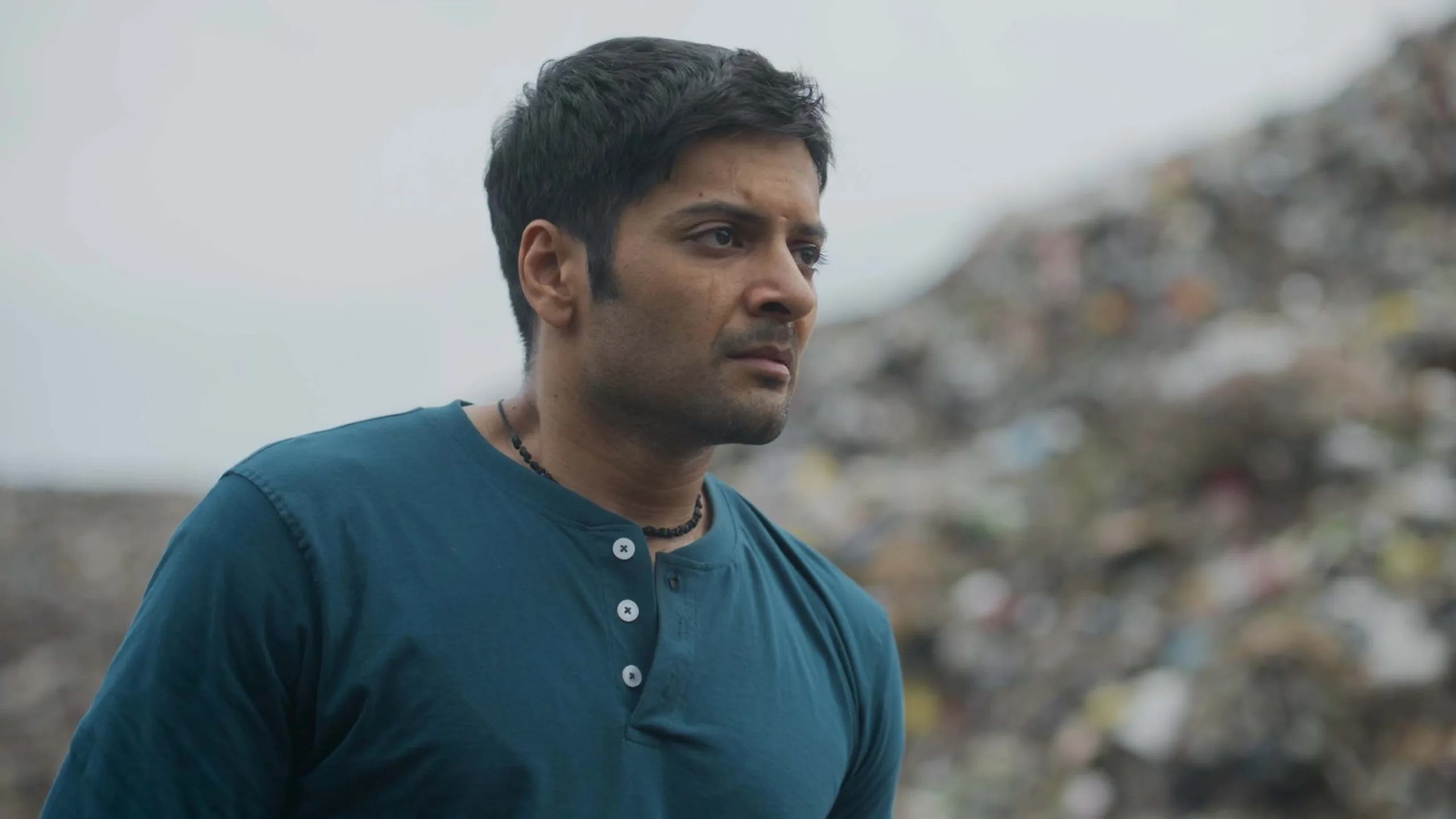The new Indian Netflix film about the ennui of the digital age is wayward, just like its characters.
Akhil Arora, a member of the Film Critics Guild and a Rotten Tomatoes-certified film critic with over eight years of experience

More than midway through Kho Gaye Hum Kahan—that’s Hindi for Where Did We Lose Ourselves—the film’s only millennial character says: “We may feel we’re more connected, but we’ve never been lonelier.” That line of dialogue hits at what the new Netflix movie is about: the ennui of the digital age. Essentially, it wants to depict the cause and effects of generational malaise that began in millennials and is more acute with Gen Z, who were born into an always-online world. So much of our life today happens on social media. Or, rather, how it appears on social media. Limitless access to everything, constantly bombarded by beautiful bodies and vistas, and never-ending reminders of how everyone else is living it up. No wonder it’s created a crisis of self-esteem.
The offline disconnect, with Made in Heaven problems
No wonder we don’t know what we are doing with our lives (which fuels the title of the film). That’s what director Arjun Varain Singh—previously a director’s assistant to Zoya Akhtar and making his feature debut here—aims to capture on Kho Gaye Hum Kahan. (He co-wrote the script alongside Akhtar and her frequent collaborator Reema Kagti.) In a bid to do so, Singh does his best to weave in the online landscape and study the disconnect with our offline selves. Sometimes naturally, sometimes awkwardly, sometimes satirically, and sometimes for storytelling. At its most basic, we get digital breadcrumbs (trails of a person’s activity) and are offered clues through timestamps (weirdly, in one case, this threatens to break the film’s internal logic).

Every Indian Netflix original movie, ranked
From Do Patti to Phir Aayi Hasseen Dillruba, and from Darlings to Khufiya, film critic Akhil Arora ranks every Indian Netflix original movie ever made.
At its best, Kho Gaye Hum Kahan portrays how our virtual social spaces have a very real impact on our mental health. The new Indian Netflix movie does this best with its female lead—the observations are more acute, and the writing has a better handle on the minutiae that push and pull her moods. And at its worst, in the third act, Kho Gaye Hum Kahan includes a rant against influencers reminiscent of the sermonising narrations you get at the end of each Made in Heaven episode. (Appropriate when you realise the Netflix film shares two writers with that Prime Video series.) Unfortunately, the mix is decidedly mundane—there’s a lot more of the mediocre, thanks to the journeys of the two male leads that take up as much screentime and don’t have enough meat in them.
The plot of Kho Gaye Hum Kahan: stop-start
Set in modern-day Mumbai, Kho Gaye Hum Kahan follows a Gen Z trio: corporate shill Ahana Singh (Ananya Panday) who’s got a three-year-long boyfriend (Rohan Gurbaxani) and severe validation issues, gym trainer Neil Pereira (Adarsh Gourav) who’s offline-dating an influencer (Anya Singh) and partly in denial, and amateur stand-up comic Imaad Ali (Siddhant Chaturvedi) who’s in parent-sponsored therapy and exclusively into one-night flings. While Neil lives with his parents—his relationship with his dad is at a boiling point—the other two are in a “space-ship,” as Imaad tells us. (It’s like new branding for “best friends who are also flatmates.” Amateur comedy, indeed. Also, who knew Gen Z were so into labels.)
As the film opens, changes are afoot. Ahana’s relationship crashes into nothingness, Imaad starts feeling emotions, and Neil—well, who really knows what’s happening on that end. The Neil subplot is easily the weakest. It’s the one through which Kho Gaye Hum Kahan does all of its influencer commentary, but most of the time, it reads like a bunch of half-sketched ideas cobbled together. With Imaad, the Netflix movie has a stronger gem of an idea. But by leaving a crucial revelation to the literal end of the film, we are treated to the predictable journey of a commitment-phobic man in any rom-com—his arc involves the aforementioned millennial character (Kalki Koechlin)—for 120 minutes. Except with a Nanette-style twist. It doesn’t feel like the right approach.
Ananya Panday is a perfect fit
As for Ahana, as I said previously, her arc feels the most fleshed out. (Though it’s also a case of relativity, as the others are mediocre or mishandled.) Her solo scenes in Kho Gaye Hum Kahan feel more genuine, and the moments of her vulnerability have heft—Ahana is a severely online person whose offline value is driven by her online acceptance. And as she continually craves that, she pushes herself into bizarre corners. None of this is anywhere near the unhinged level of Ingrid Goes West, mind you—it’s a lot more grounded.

Two facets help all of that. One, Panday is built for this role, and there are moments where she nails what’s expected of her. (Speaking of acting, while Gourav does well to play the outsider, Chaturvedi is solid with dramatic demands but not the stand-up department.) Two, in a universe of Bollywood movies with terrible wholly fake app experiences, it’s nice to see the team behind Kho Gaye Hum Kahan put in the effort to give us authentic representations of our digital lives. This is consistent across the new Netflix film, not just Ahana’s storyline.
Translating the themes of Kho Gaye Hum Kahan
But that’s not always enough. It’s most obvious with the heavy-handed Neil arc, which seems morality- and agenda-driven like several bits of Made in Heaven. With Imaad, it’s a wasted opportunity to do more—since the emotional punch of his story is saved for the very end, he drifts through the story aimlessly. And ultimately, the Ahana subplot gives into the rushed demands of the bigger picture, which drives the mildly depressive Kho Gaye Hum Kahan toward easy conclusions, glosses over tough conversations, and opts for a look-at-the-bright-side-of-life attitude.
The ending is also guilty of the film’s biggest fault. Every time Kho Gaye Hum Kahan translates its themes into words, it loses out. Its sheen starts to tear at the hour mark, where it suddenly starts to say things that were better left unsaid. And it’s true of the dialogue I opened this review with—a crude summation of what the new Netflix movie had been trying to say for the past 100 minutes.
As much as I appreciate the existence of Kho Gaye Hum Kahan, given its authenticity and the rarity of films in the urban millennial milieu, it’s unfortunately half-baked and a disappointment.
Kho Gaye Hum Kahan released on Tuesday, December 26 on Netflix worldwide.
- Every Indian Netflix original movie, ranked – October 25, 2024
- The opening night of the 2024 MAMI Mumbai Film Festival was a joke – October 19, 2024
- Agatha All Along episode 5: what time is it out? – October 9, 2024




What do you think?